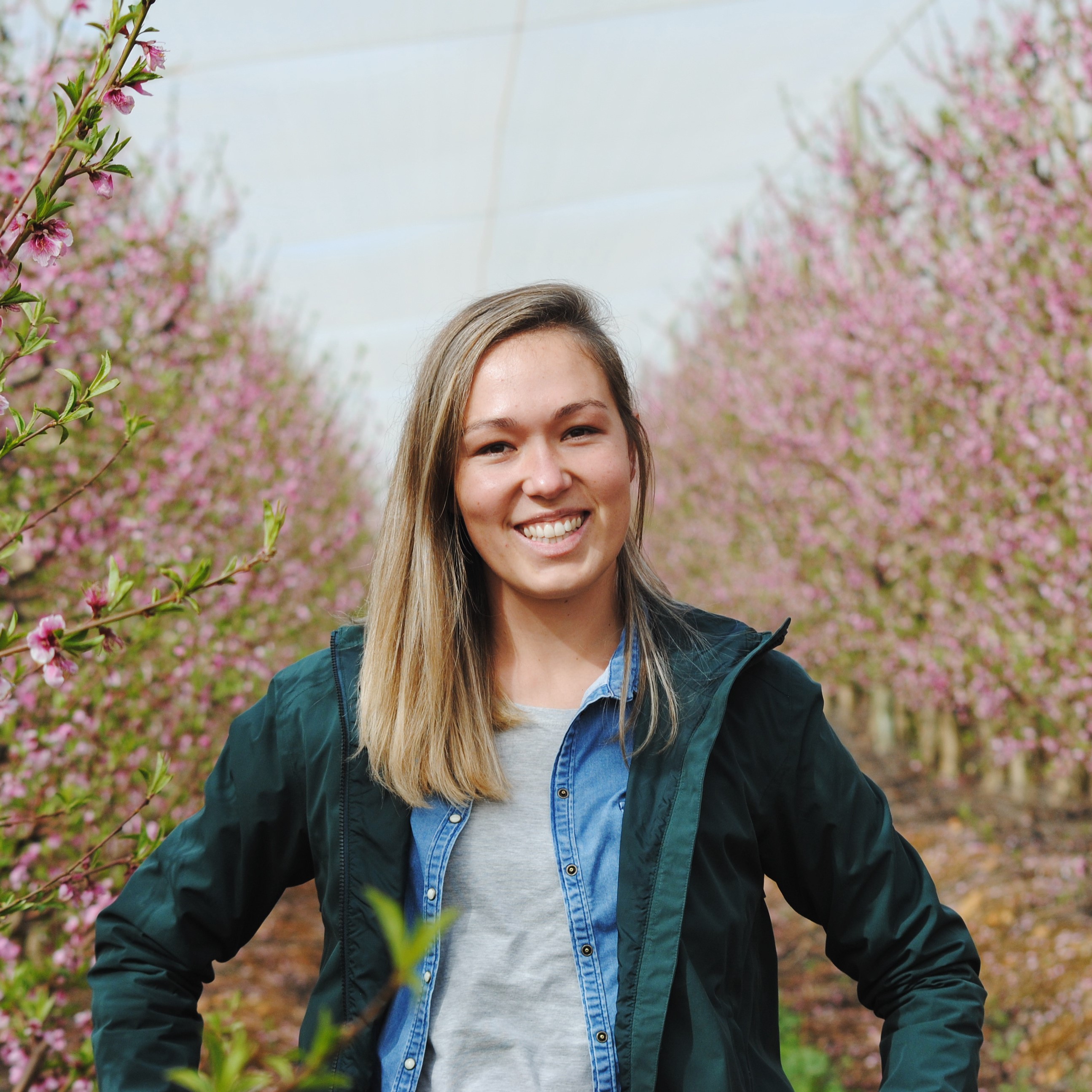Agriculture: Connected to the future
Agriculture: Connected to the future
Agriculture is in the early days of yet another revolution, at the heart of which lie technology, data, and connectivity.
The industry is filled with technology in visible shapes like tractors, spreaders, and combine harvesters, or imperceptible shapes like virtual farm maps, satellite imagery, and agricultural connectivity. Even with the amount of technology available within the industry, combined with the hype of precision farming, not all data on commercial farms are used to its full potential. Subsequently, producers are overwhelmed with the available information and the revolution to come should contribute to making sense of the hype.
For decades many producers had a one-dimensional method of farming. A track record on important on-farm operations and rainfall was written in a pocket notebook, whereafter it was stored on a bookshelf alongside the previous year's books. Even though one has a vague record of static operations that took place, together with a summary of climatic conditions, there is almost no useful information that one can base decisions that need to be made timeously in the coming season. If one has the intention to follow a rule-of-thumb approach, and farm exactly as in the previous seasons, this one-dimensional method is a perfect way to stagnate. However, with rising input costs and drastic changes in climatic conditions, this should not be a general, suggested, or preferred method when farming for the future.
With that said, a farm should rather be approached as a three-dimensional entity, with multiple layers, giving attention to the soil-plant continuum, implements and technology, climatic conditions, and time. All of the mentioned attributes contribute to context and much of farming is context specific. Using context specificity to our advantage is impossible when using the one-dimensional farming method. The three-dimensional method can better make sense of what conditions we have at hand, within specific given conditions, and recommendations can be based on concrete background. Various new tools are empowering producers to easily and economically generate larger amounts of data that make instantaneous on-farm decisions a reality. Nonetheless, for technology to be efficient, it must be utilsed accurately. Technology allows us to base farm management on specific field data, rather than rule-of-thumb recommendations. Not only does this improve the efficiency of our decision-making and turnaround time, but input costs are decreased while productivity and profitability increase.
Within a three-dimensional farming approach, data points should be integrated with GPS points to stack layer upon layer. Ideally, soil classification and/or soil properties should be the bottom layer, whereafter soil chemical properties, satellite imagery, and yield maps with the previous seasons' crop performance should be stacked. When correlations are drawn between various data points and climatic conditions, at a specific given time, efficient and effective decisions can be made.
One should realise that a notebook is not sufficient for the future of farming. We cannot afford to farm one-dimensional any longer. Especially if one wants to look at a broad picture to combine all direct and indirect influences on efficiency, productivity, and sustainability. The most expensive expenditure in grain production systems is probably seed and fertiliser costs. South Africa is ranked among the countries with the most expensive fertiliser cost in the world. It should therefore not be the norm to use a blanket approach for applications. Especially with the available knowledge, technology, connectivity, and implements that can do variable applications for both mentioned agricultural inputs. Furthermore, it is speculated that it won't be improvements in the genetics of plant material, but the incorporation of technology in farming systems that would increase on-farm productivity in the near future. Thus, an exciting revolution lies ahead, and it is approaching fast!
With technical and agricultural support, producers could improve their yields up to a given maximum potential. But, improving the efficiency of decisions made on-farm will be the most important factor to ensure longevity. Data-intensive farm management, and applications made based on the analysed data, should be our priority when assessing the profitability, productivity, and sustainability of a commercial farm. A three-dimensional farming method, connectivity crop production, technology, space, and time will be our answer to sustainable agricultural intensification.
Karen Truter
 I am an agriculturist for Nitrophoska in the Swartland-region of the Western Cape focusing on grain crops. I have a passion for conservation agriculture and precision farming. As a young agriculturist, I dream of contributing to sustainable agriculture and food production. In my free time, I enjoy writing, spending time with family and friends, participating in sports (road and trail running) and watching rugby on weekends.
I am an agriculturist for Nitrophoska in the Swartland-region of the Western Cape focusing on grain crops. I have a passion for conservation agriculture and precision farming. As a young agriculturist, I dream of contributing to sustainable agriculture and food production. In my free time, I enjoy writing, spending time with family and friends, participating in sports (road and trail running) and watching rugby on weekends.













